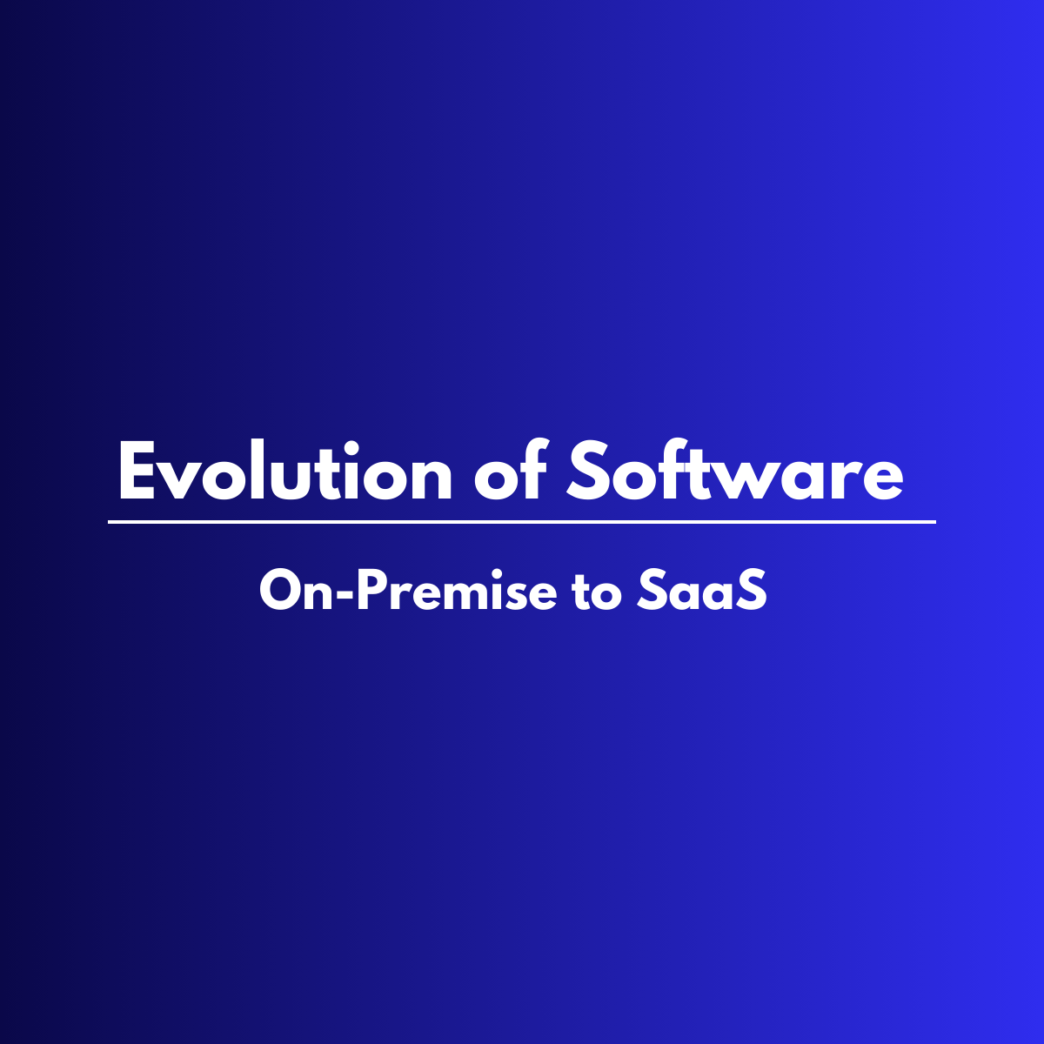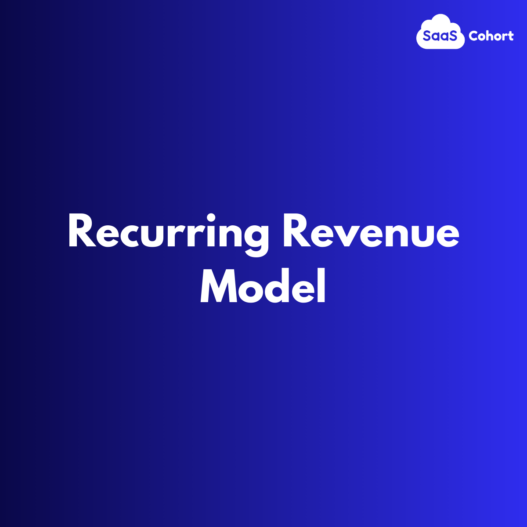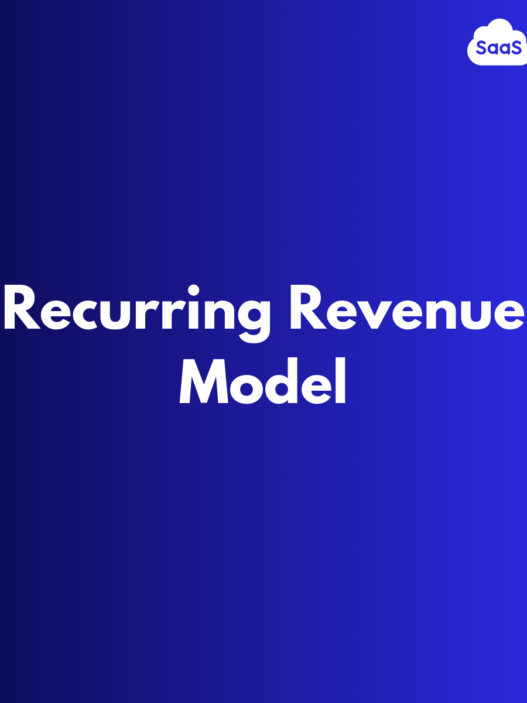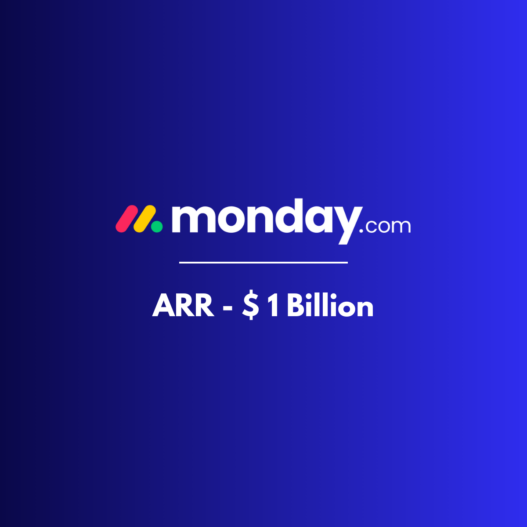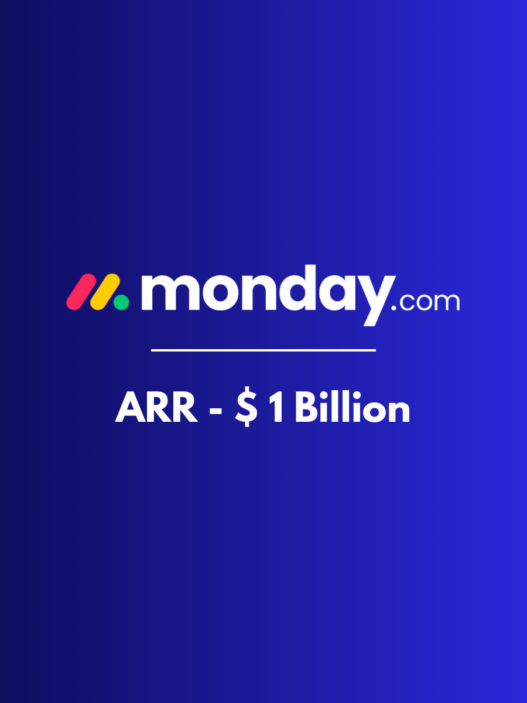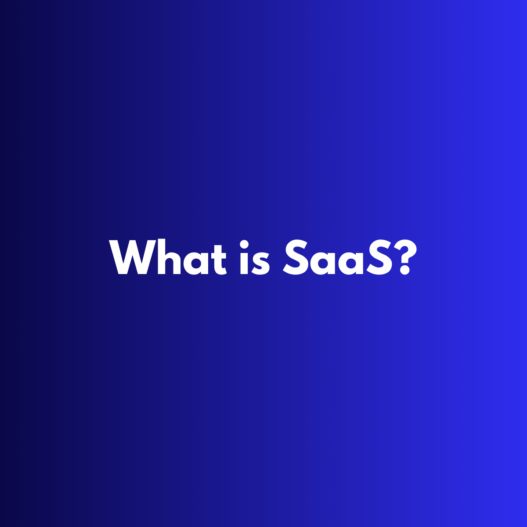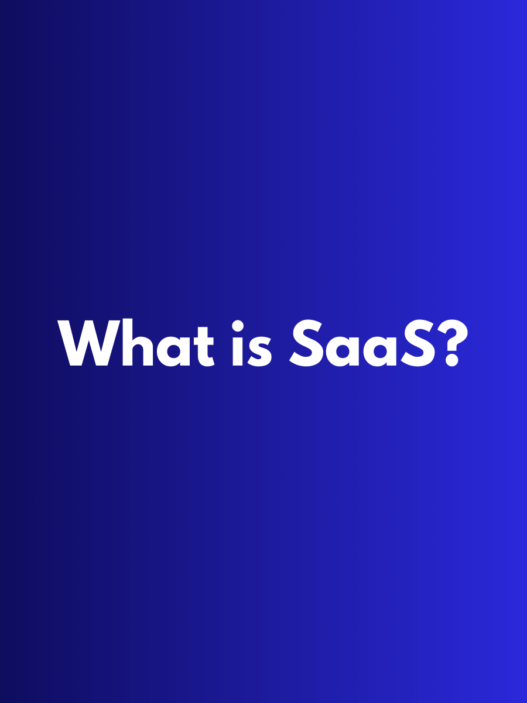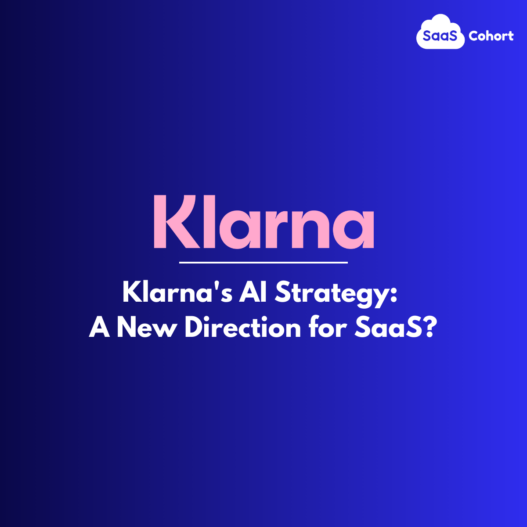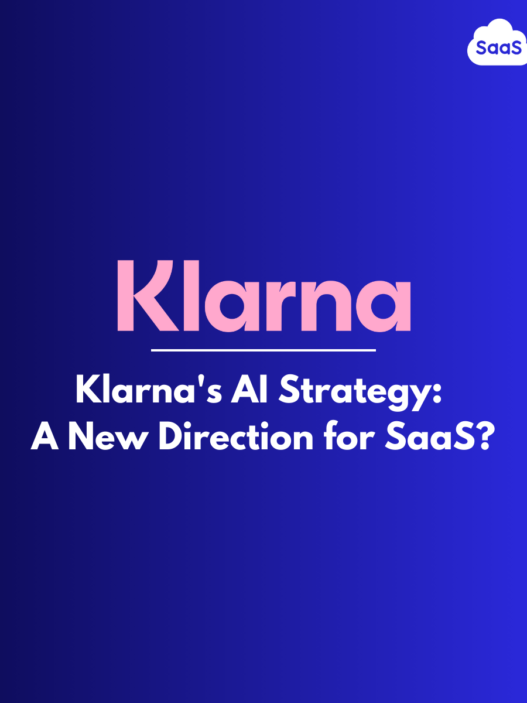In the ever-changing landscape of technology, few journeys are as captivating as the evolution of software delivery. From the early days of on-premise solutions to the cloud-based Software as a Service (SaaS) models we see today, this transformation has reshaped how businesses operate and how consumers interact with technology. Let’s embark on a journey through time, exploring the key moments, players, and stories that have defined this remarkable evolution.
Table of Contents
1. The Era of On-Premise Software: The Digital Pioneers
Our story begins in the 1960s and 1970s, an era when computers were massive machines that filled entire rooms. Software, at this time, was inseparable from the hardware it ran on. Companies like IBM dominated the landscape, providing both the hardware and the software as a package deal.
As we entered the 1980s, a seismic shift occurred. Personal computers began to enter homes and offices, and with them came the rise of packaged software.

This was the true birth of on-premise software as we know it. Companies like Microsoft and Oracle emerged as key players, offering software that could be installed directly on individual machines or local servers.
Microsoft’s journey is particularly noteworthy. In 1975, Bill Gates and Paul Allen founded the company with a vision of “a computer on every desk and in every home.” Their MS-DOS operating system, followed by the revolutionary Windows, became the backbone of personal computing. Microsoft Office, introduced in 1989, became the gold standard for productivity software, installed on millions of computers worldwide.
Meanwhile, Oracle, founded by Larry Ellison, Bob Miner, and Ed Oates in 1977, was pioneering database management systems. Their relational database software became a crucial tool for businesses, managing vast amounts of data on-premise.
2. Challenges with Traditional Software: Growing Pains
As businesses grew increasingly reliant on software, the limitations of on-premise solutions began to surface. The ’90s and early 2000s saw companies grappling with several key challenges:
- High Upfront Costs: Purchasing licenses for every user and maintaining the necessary hardware was a significant financial burden, especially for smaller businesses.
- Complex Installations and Updates: IT departments spent countless hours installing and updating software across numerous machines.
- Limited Accessibility: On-premise software was typically only accessible from specific locations, hampering the growing need for remote work and collaboration.
- Scalability Issues: As businesses grew, scaling software and hardware became a complex and expensive process.
- Maintenance Headaches: Companies had to dedicate significant resources to maintaining both hardware and software, often requiring specialized IT staff.
The story of Siebel Systems, founded by Thomas Siebel in 1993, illustrates both the success and limitations of this era. Siebel became a leader in Customer Relationship Management (CRM) software, with on-premise installations for major corporations worldwide. However, the company’s growth eventually stalled as the market began shifting towards more flexible solutions.
3. Emergence of Cloud Computing: Head in the Clouds
As these challenges mounted, a new paradigm was emerging: cloud computing. The concept wasn’t entirely new – John McCarthy had proposed computer time-sharing in the 1960s – but it took decades for technology to catch up with the vision.
In 1999, Salesforce.com, founded by Marc Benioff, launched with a radical idea: delivering enterprise applications via a simple website. Their slogan, “The End of Software,” was a direct challenge to the on-premise model. Salesforce’s success showed that there was a huge appetite for cloud-based solutions that could be accessed from anywhere, at any time.
Amazon played a crucial role in the cloud revolution. In 2006, Amazon Web Services (AWS) was launched, offering cloud computing services to businesses. This move democratized access to powerful computing resources, allowing startups and established companies alike to scale their operations without massive infrastructure investments.
4. Rise of SaaS: A New Software Paradigm
As internet infrastructure improved and cloud computing became more robust, the SaaS model gained momentum. The period from 2005 to 2015 saw an explosion of SaaS companies, each targeting different niches and industries.
Google’s entry into the market with Google Apps (now Google Workspace) in 2006 was a pivotal moment. By offering cloud-based alternatives to traditional office software, Google directly challenged Microsoft’s dominance in the productivity space.
Dropbox, founded by Drew Houston in 2007. Houston came up with the idea for Dropbox when he forgot his USB flash drive while a student at MIT. The company’s growth was phenomenal, reaching a billion-dollar valuation in just four years. Dropbox’s success demonstrated the power of freemium models in SaaS, where a basic version is offered for free to drive adoption, with premium features available for paying customers. Dropbox’s user-friendly approach to cloud storage quickly gained traction, growing from 100,000 users in 2008 to 500 million by 2016.
The story of Zoom, founded in 2011 by Eric Yuan, showcases the power of SaaS to disrupt established markets. Yuan, a former Cisco Webex engineer, saw the potential for a video conferencing solution built for the cloud era. Zoom’s ease of use and reliable performance allowed it to compete with tech giants, culminating in its explosive growth during the COVID-19 pandemic.
5. The Era of Vertical SaaS
As the SaaS market matured, a new trend emerged: vertical SaaS. These are SaaS solutions designed for specific industries or niches. Companies like Veeva Systems, founded in 2007, exemplify this trend. Veeva focuses on providing cloud-based software for the life sciences industry.
Veeva’s success story is particularly interesting. The company was profitable from its early days, a rarity in the SaaS world where the focus is often on growth at all costs. By deeply understanding the needs of their specific market, Veeva was able to create highly tailored solutions that quickly gained traction.
6. The Rise of API-first Companies
The latest chapter in the SaaS evolution is the rise of API-first companies. These businesses provide services primarily through APIs, allowing other software developers to easily integrate their functionality.
Stripe, founded by Patrick and John Collison in 2010, is a prime example. The Collison brothers saw an opportunity to simplify online payments, a notoriously complex process. By providing an easy-to-use API, Stripe allowed developers to integrate payment processing into their applications with just a few lines of code. This approach has been wildly successful, with the businesses running on Stripe passed the milestone of $1 trillion in total payment volume in 2023, up 25% from the prior year.
7. Key Differences: On-Premise vs SaaS
As SaaS matured, its advantages over traditional on-premise software became clear:
- Cost Structure: SaaS typically operates on a subscription model, eliminating large upfront costs and allowing for more predictable budgeting.
- Accessibility: Cloud-based solutions can be accessed from anywhere with an internet connection, enabling remote work and global collaboration.
- Scalability: SaaS applications can easily scale up or down based on a company’s needs, without requiring hardware upgrades.
- Updates and Maintenance: The service provider handles all updates and maintenance, ensuring users always have access to the latest features and security patches.
- Integration: Many SaaS solutions offer APIs and pre-built integrations, making it easier to create a cohesive software ecosystem.
8. Impact on Businesses and Consumers: A New World of Possibilities
The shift to SaaS has had profound implications for both businesses and consumers:
For businesses:
- Reduced IT overhead and maintenance costs
- Increased flexibility and agility in adopting new technologies
- Improved collaboration and productivity through anywhere, anytime access
- Better data security and disaster recovery capabilities
For consumers:
- Access to sophisticated software without high upfront costs
- Seamless updates and new features without manual installations
- The ability to access their data and applications from any device
- Improved user experiences as companies compete on ease-of-use and features
The story of Adobe’s transition to the Creative Cloud illustrates the impact of this shift. In 2013, Adobe moved its Creative Suite to a subscription-based model. Despite initial pushback from some customers, the move allowed Adobe to provide more frequent updates, cloud storage, and collaboration features. By 2020, Adobe’s Creative Cloud had over 22 million subscribers.
The Road Ahead: Continuing Evolution
As we look to the future, the evolution of software delivery continues. Emerging technologies like artificial intelligence, edge computing, and serverless architectures are opening new frontiers in how software is developed, delivered, and consumed.

